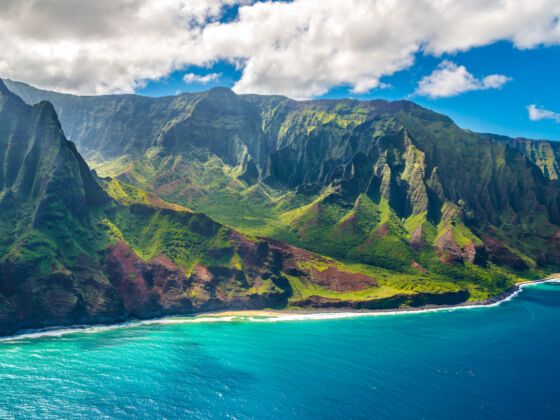This is The Climate Win, the most positive sustainability news around the world every week.
Last week, the state of Hawaii declared a “climate emergency.” Effectively, the 50th state adopted a non-binding resolution to guide the state’s governing and administrating bodies to place climate impact at the forefront of major decisions, both policy-related and financial. The measure, SCR44, is quick and to the point — built upon four points of action to ensure “climate mitigation and adaptation efforts mobilize at the necessary scale and speed.”
Hawaii sees nearly 10 million visitors per year and is the subject of extensive travel coverage in Matador and elsewhere. Much of the state’s economy — 21 percent — is built around and financed by tourism, both through taxation and direct spending. Let’s look at how this bill could impact the experience of visitors, and what it could mean for residents, as well.

